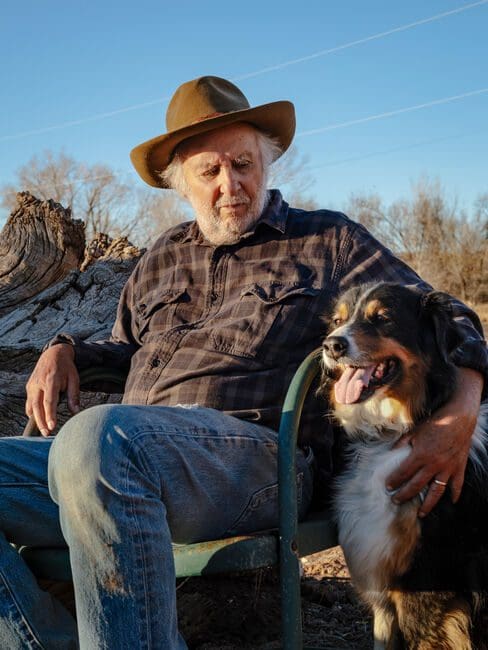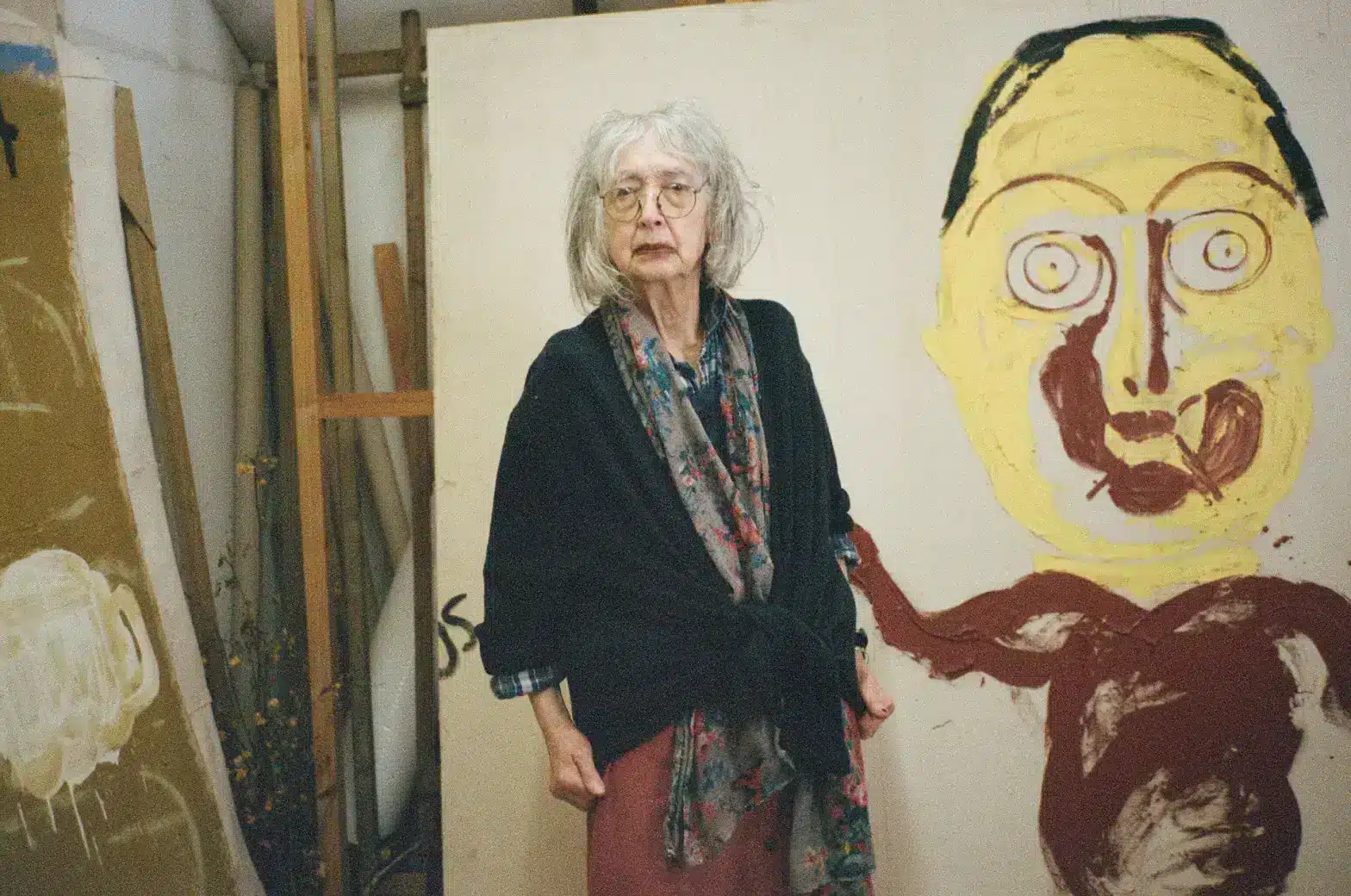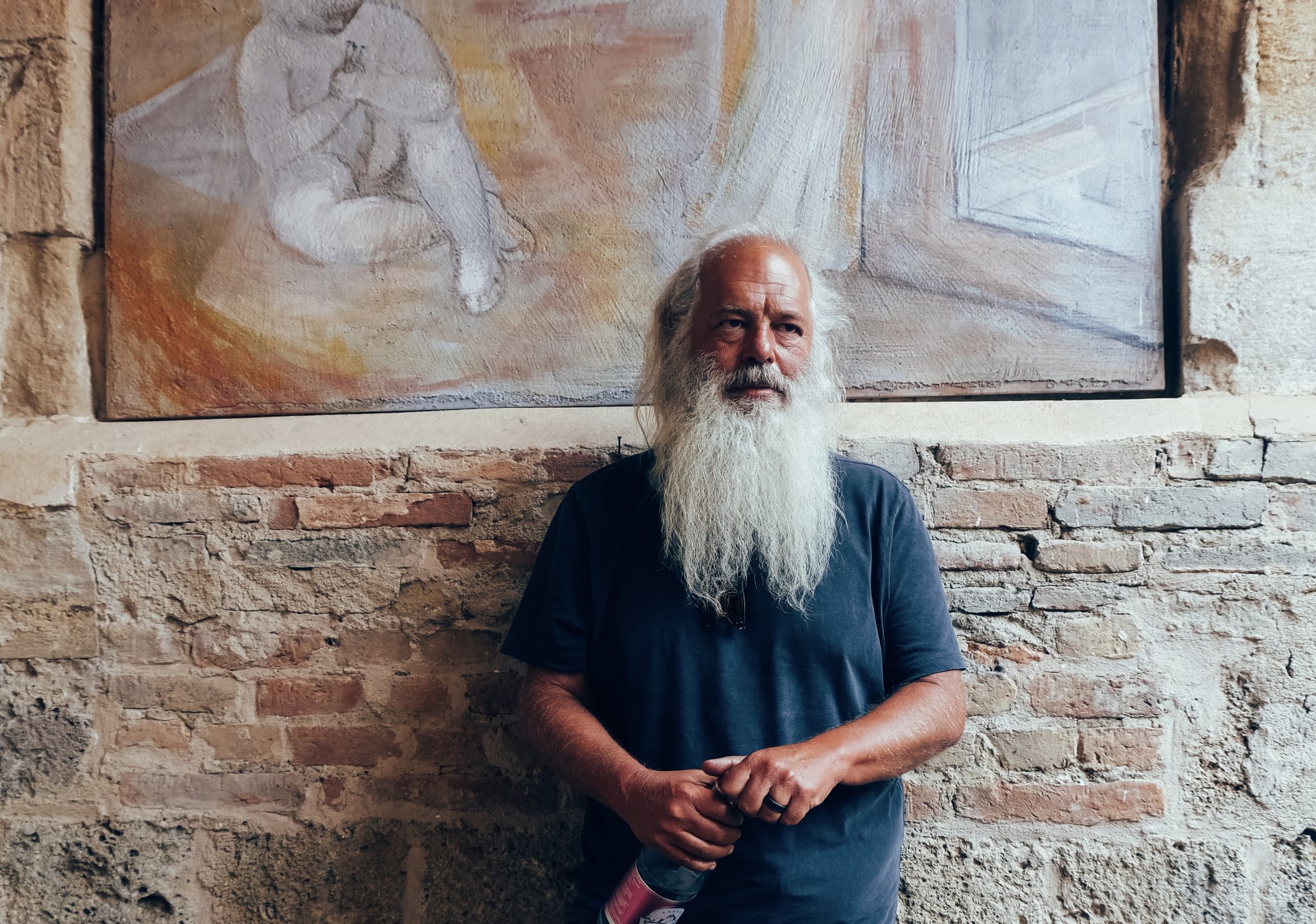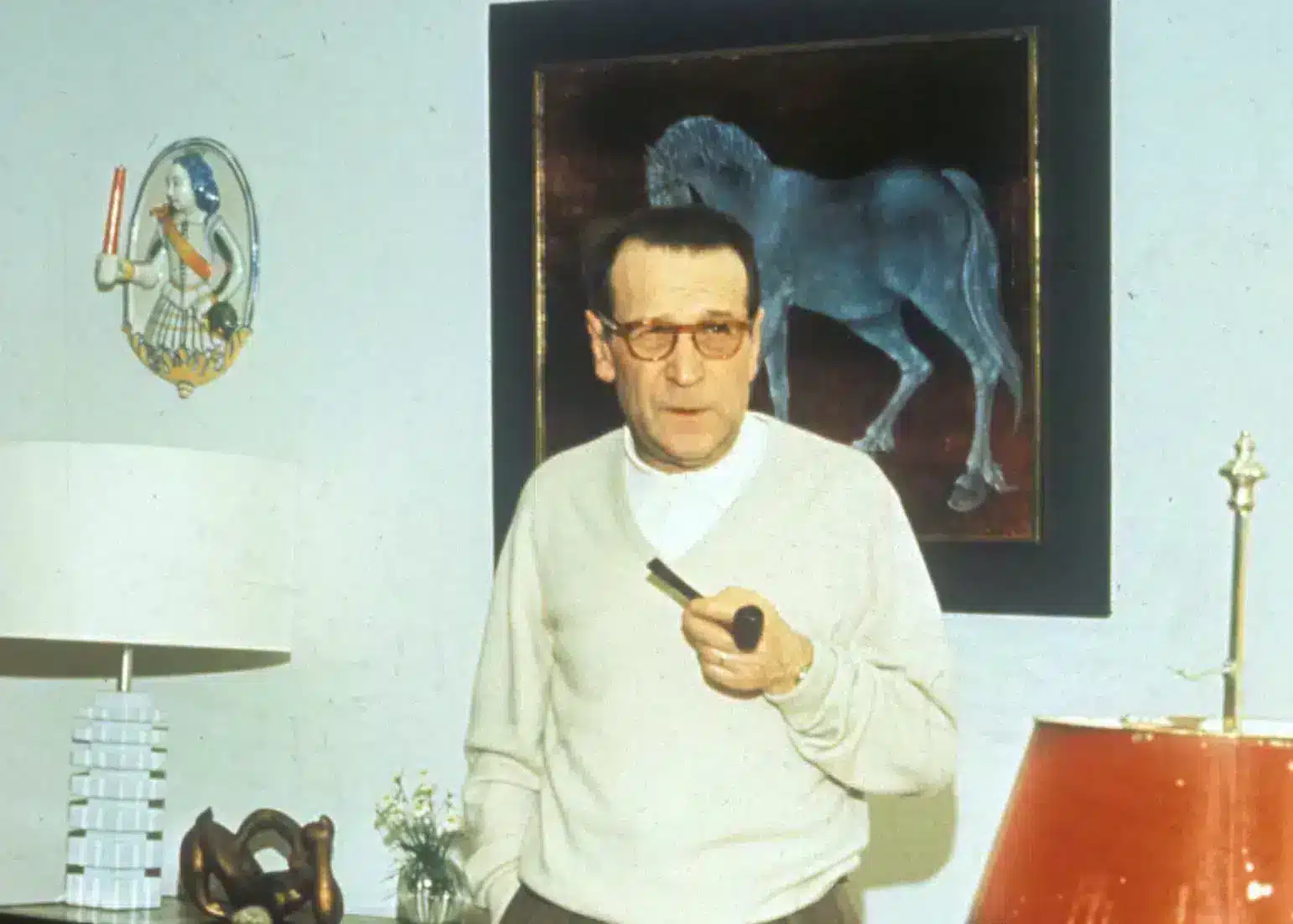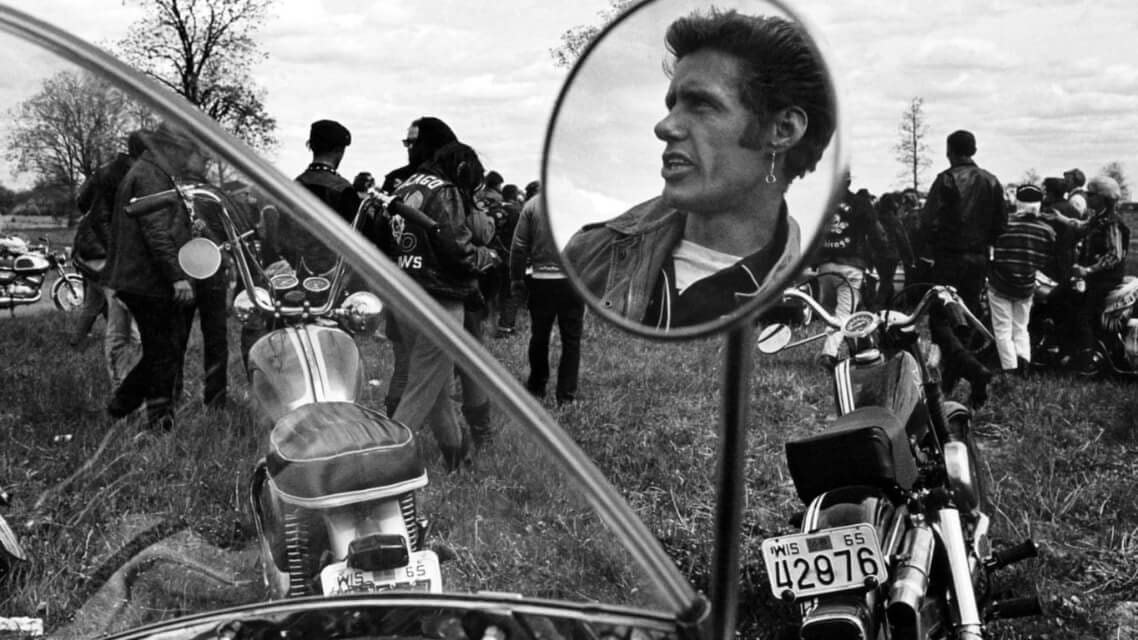
In this exclusive interview with renowned photographer and documentarian Danny Lyon, A Rabbit’s Foot Creative Director Fatima Khan delves into the captivating world of his most iconic work, from the rebellious Bikeriders of the 1960s to the enduring spirit of subcultures, as he offers insights and wisdom for aspiring photojournalists….
Photos courtesy of Edwin Hook Gallery & Magnum Photos.
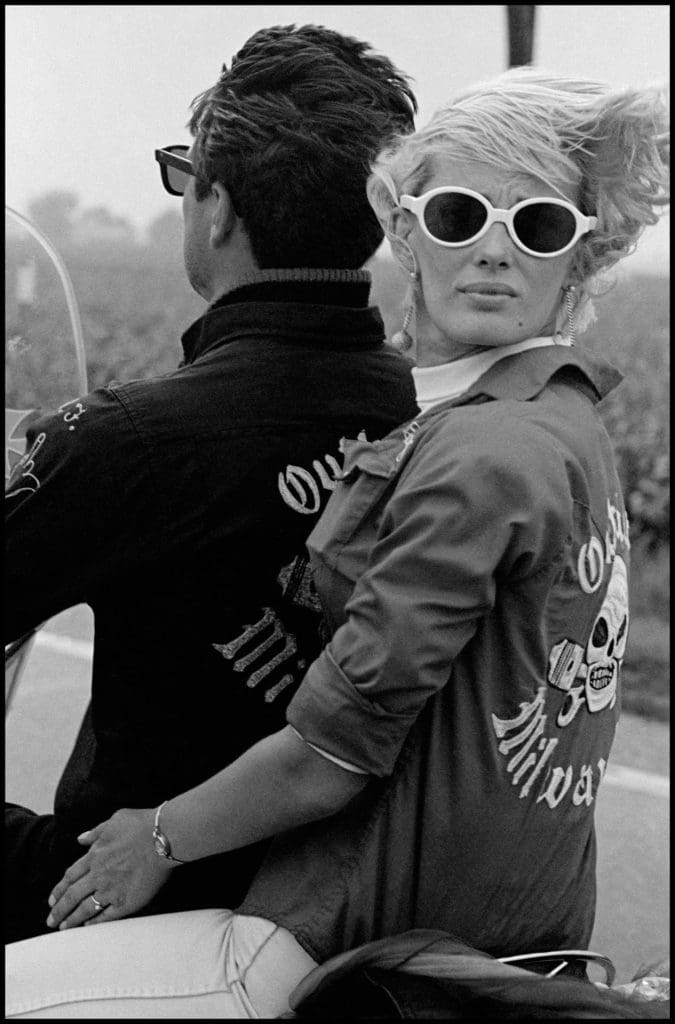
What was your initial reaction to hearing that Jeff Nichols wanted to make a movie adaptation of your book, and that you would be a character in the movie?
It was, of course, exciting to think that a film, a “real” film would be made from the book, and that someone as serious a filmmaker as Jeff would be making it. Over the years, there were other requests, usually from television, to do something on tape, and I never took any of them seriously. In 2005, Jeff’s brother Ben Nichols led his own band Lucero in a recording of “Bikerider,” which used the lyrics from “Benny,” a chapter in the book narrated by Kathy. When the book was published in 1968, it was the second book ever published in the English language to use a text made entirely from audio recordings. Kathy, who wasn’t even an Outlaw but would marry one, was speaking to me on a ¼ inch analogue Huer tape recorder, and her amazing storytelling carried much of the text of my book. And Ben Nichols made a rock and roll song out of it. What Jeff did was to structure a fictional film script around the recorded monologues that are the recorded stories of the book. These are great, heartfelt narratives that often tell more about the character of the speakers than they do of the world they are describing. We have posted the original sixty-year-old analogue recording of Kathy Bauer telling the story of meeting Benny on the blog bleakbeauty.com. Jody Comer does a remarkable job of recreating Kathy’s 1960’s Chicago accent and monologue.
Can this kind of subculture thrive in 2023? Are we seeing a return of the counterculture of the 60s/70s?
I don’t use words like that, and I don’t think like that, but if you are asking do rebels exist today, of course they do. Rebels and rebellion are one of the saving graces of America.
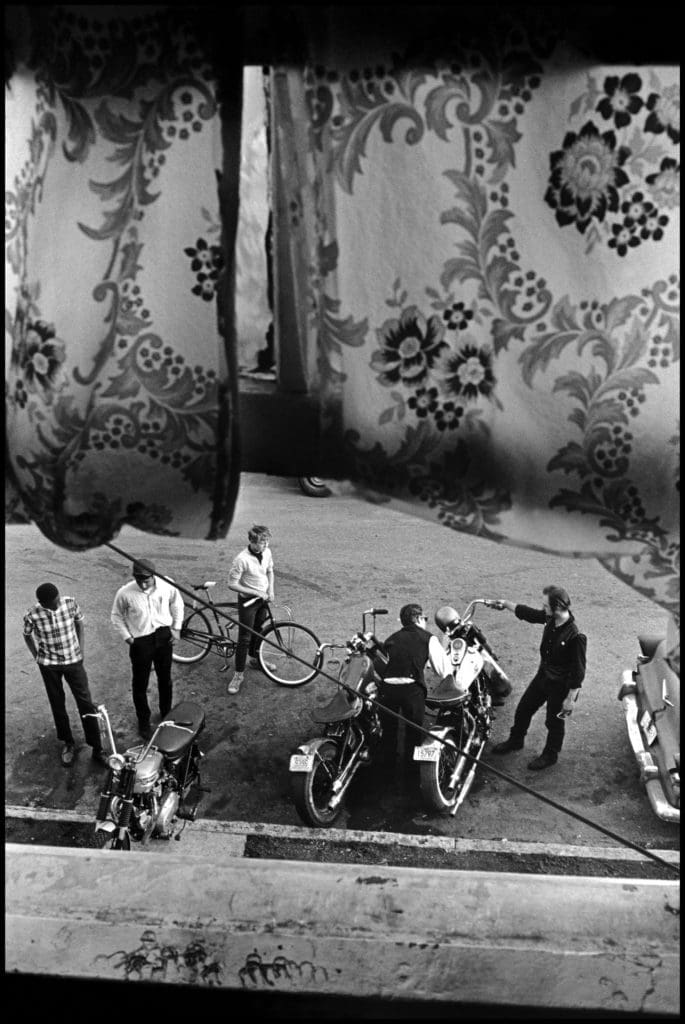
Did you find it was easy to integrate yourself into the club, or did it take some time to win the members’ trust? What did it take to do that?
No, I didn’t. I wasn’t just a photographer; I was a bikerider, and I loved my motorcycle, a 440 lb. British-made Triumph with a single carburetor called a TR6. One of the glories of my youth was riding that bike through the streets of Chicago. Later, I had a newer, 1950’s version of the same bike which I brought with me to NYC when I left the club in 1967. I loved to ride the bike over the bridges and around Manhattan onto the FDR drive. In the film, Jeff cleaned me up. He did not have me riding a motorcycle, and in my scene where I am making an audio recording of Zipco, who is brilliantly recreated by Michael Shannon (Zipco, who was born in Latvia, was always drunk, had “stuff” in his beard, and when he wore a helmet had a WW One German Spike on it), asks “Danny” what he is doing, “Danny” answers that he is a “photo student.” For anyone that has followed my life as a bookmaker and photojournalist, would know, I was a history student, never a photo student, and long gone from school when I joined the club at age twenty-four. My character, played by Mike Faist, does jump around with a Nikon F, wears a sleeveless tee shirt in one scene and holds a mic as Kathy, played by Jody Comer, narrates the film.
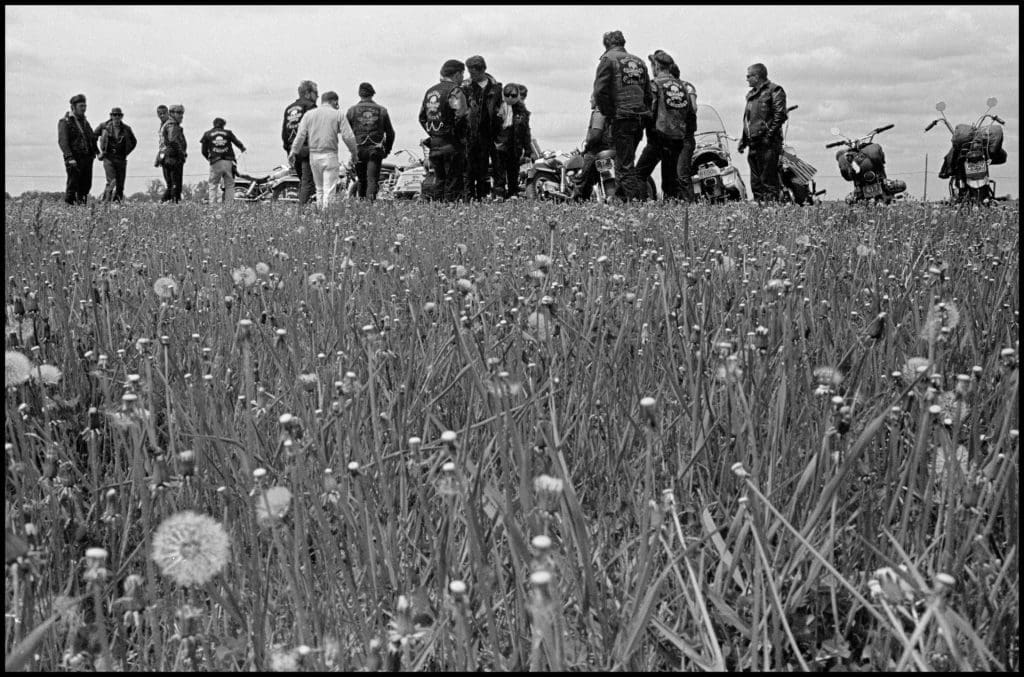
It seems there was a specific brand of masculinity in biker culture at the time you were interviewing them, one that was both testosterone-fueled but intimate—there’s that one image in the book of two bikers literally making out with each other, embracing each other. Was that something that surprised you about the culture at the time? How did you find that masculinity evolved over the years?
In my 1995 interview with Nan Goldin published in my book of essays “American Blood” (Karma), she calls it “traditional tough man photography.” The two guys kissing each other are Corky, an Outlaw, and Funny Sonny, a former Hell’s Angels member who had joined the club. The night I made the picture, they pierced my ear by holding an ice cube on it, then using a #16 nail to hammer a hole in my ear. Magnum had a print in the file with “homosexual activity” printed on the verso. They were just goofing around, showing off to me, a photographer
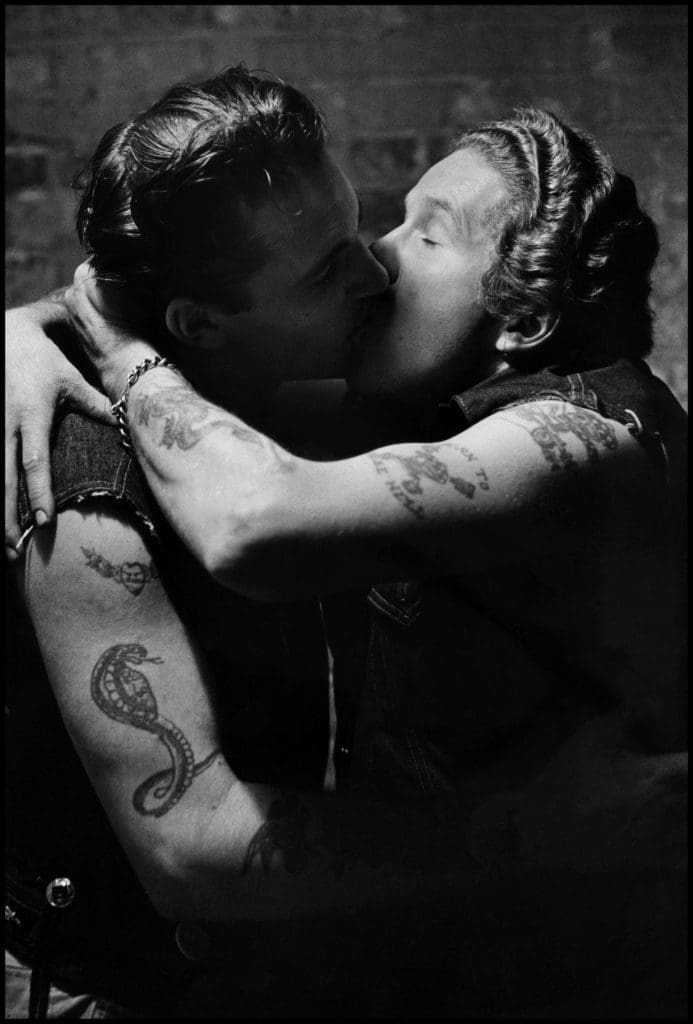
Was it hard to let go of the culture and the amazing people you met after you felt you had all the material you needed for the book?
I was a pot head, and the club were all beer drinkers, so, no, I didn’t mind not having to drink beer every weekend. I love my work and loved what I was doing, but it was a subject to me, so when I thought I had what I needed, I knew it was time to move on, and I did.
How often do you revisit the book and that time in your life? Is there nostalgia for it?
I don’t believe in nostalgia. I believe in my work. I create worlds out of worlds, and the worlds I create are there in my books forever. I was walking on the ditch behind my house recently and ran into two locals, Chicanos, that knew the children I was filming there fifty years ago. They had watched my film, Willie, and said it was “just like a time machine.” That is what my work is, a time machine. Open one of my books, and you are back in another world, fixed with ink on paper, forever.
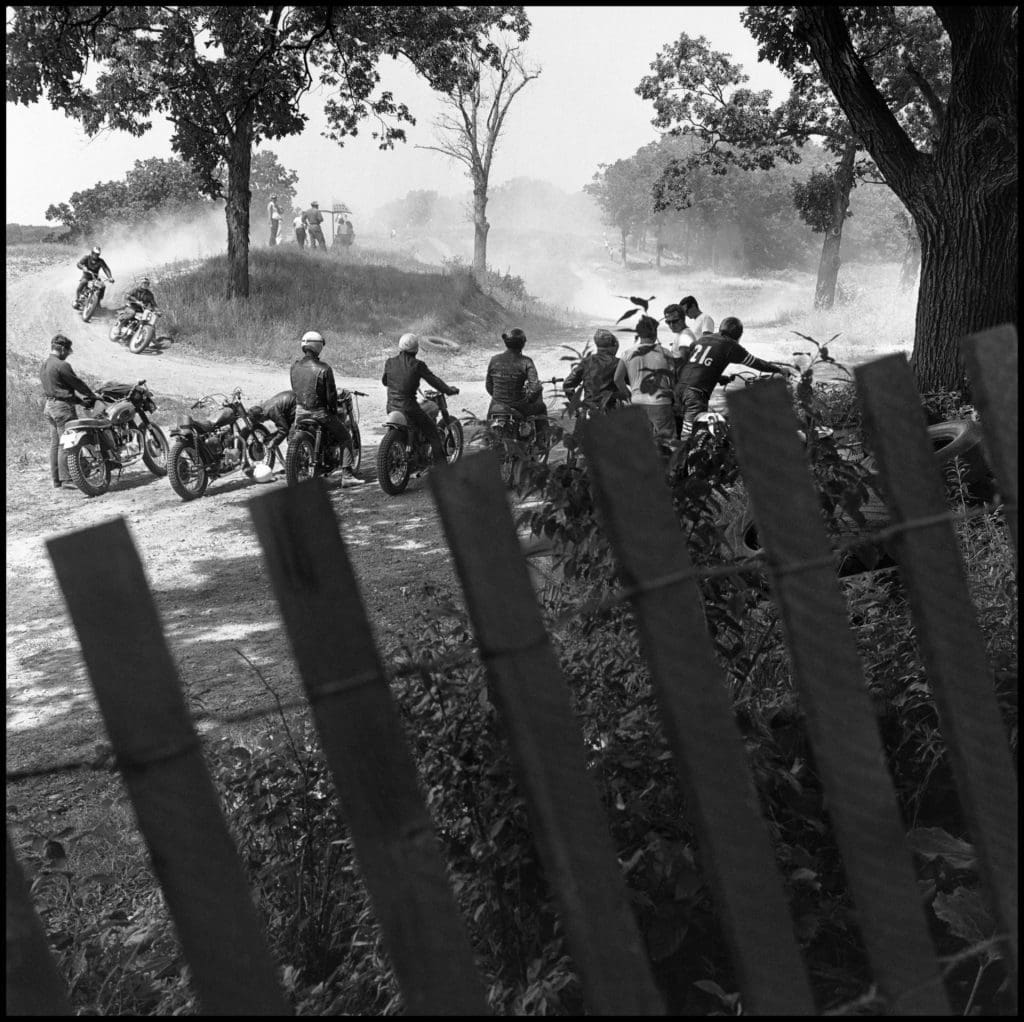
Do you keep in touch with any of the crew from your years documenting the Bikeriders?
I knew Cal, a former Hell’s Angel, for years afterward. His real name was Arthur Dion. Then someone wrote to say he fell off a ladder while painting a house and was dead. Most of the bikeriders I knew are dead. Now and then I hear from their children, often asking about parents that I knew, and they didn’t.
In the digital age, what’s your take on AI and how that might affect photo-journalism?
I have enormous respect for photo-journalists and what they do, and the fact that they often seek and live in danger. Robots? I thought robots were replacing people in 1965. That’s why I did the book. I wanted to show that real people with real feelings with real personalities were once alive, and that you could do that too.
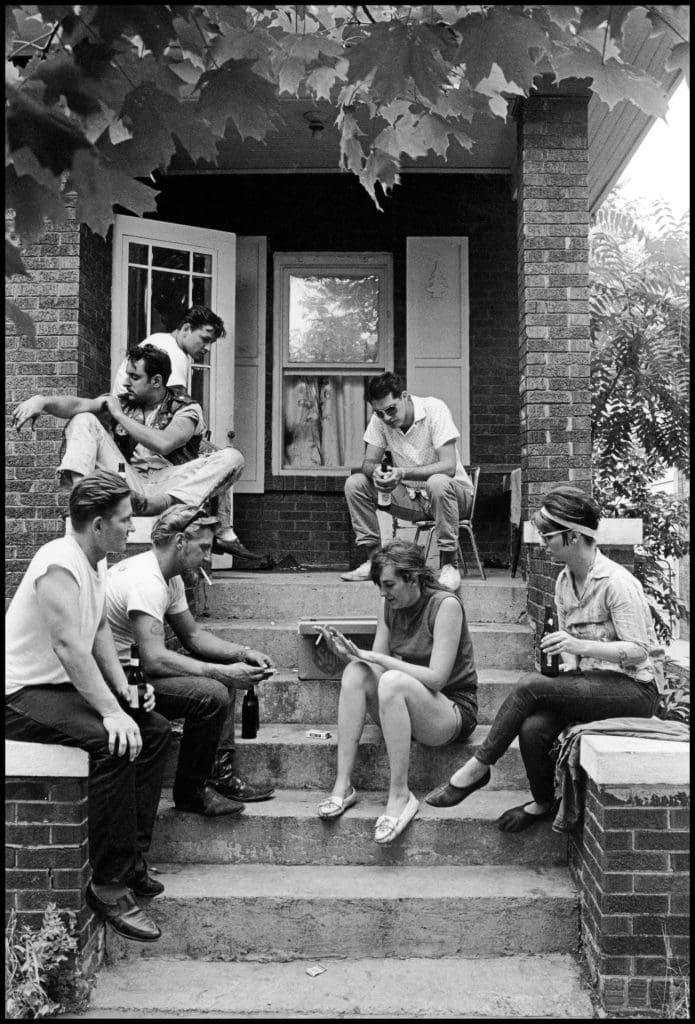
How would you define the “spirit” of the Bikeriders, as you portray them in the book? What were they searching for?
I don’t think they were searching for anything. I think they were having a great time being themselves. I know I was. Crossing the Ohio River, which Jeff recreates by having Austin Butler ride his Harley across a bridge of the Ohio River (the film was shot in Cincinnati, fifty miles upstream from where I made the original picture) came to be one of the most popular pictures of the sixties because that was a time of rebellion, explosive social progress and great personal freedom for the people that lived it.
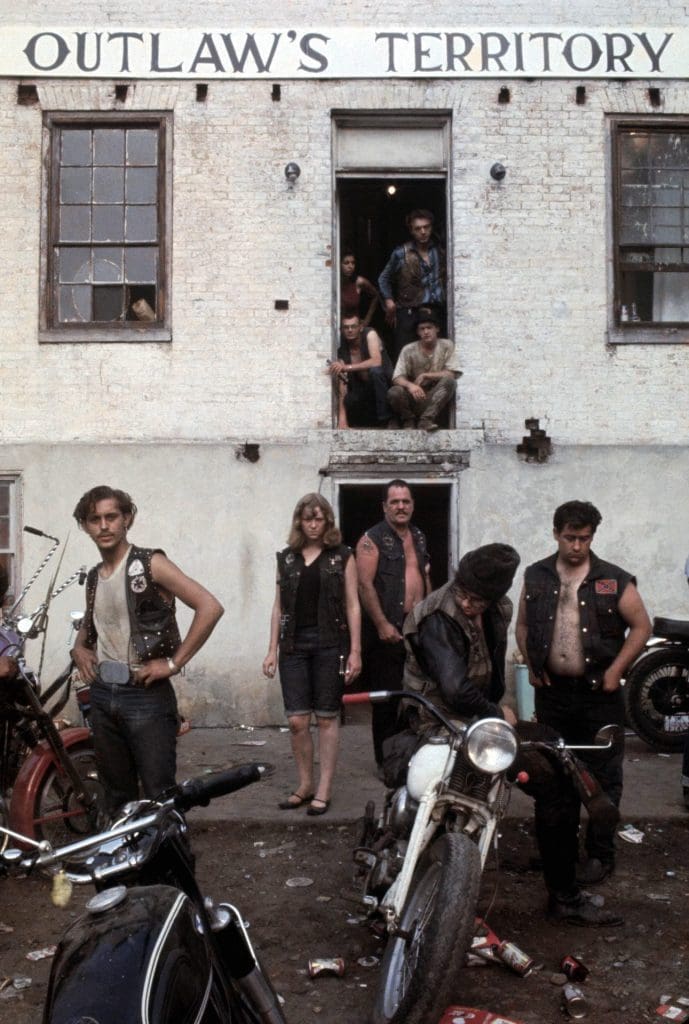
In our modern day, have you come across any subcultures that share the same spirit as the Bikeriders?
Sure, the Cheyenne River and Standing Rock Sioux fighting the oil pipeline and the catastrophe of climate change. And see “How to Blow Up A Pipeline,” as bad a group as any sixties’ biker gang.
Do you have any words of advice for aspiring photo-journalists who might want to follow in your footsteps and immerse themselves in worlds, cultures, or subcultures that are unfamiliar to their own?
In the Spring, Damiani will publish “This is My Life I’m Talking About,” a 100,000-word memoir of my life as a photographer and journalist. I wrote it to show that you can be an artist, be free, and do some good in the world at the same time. The world is such a mess, and threats of fascism and disaster are all around us. This is my advice to the young; just pick up a camera, walk out the door, follow your heart, and don’t look back, and if you live, sixty years later, they’ll probably make a film about you.
